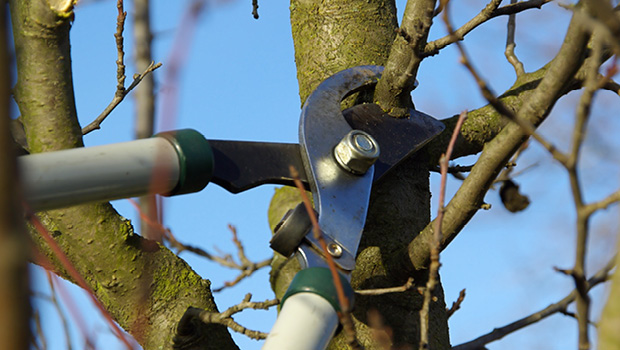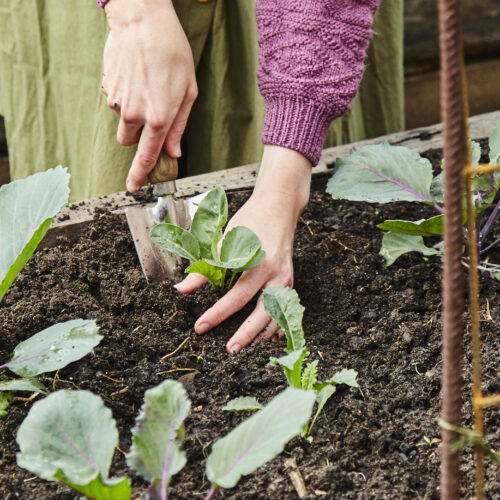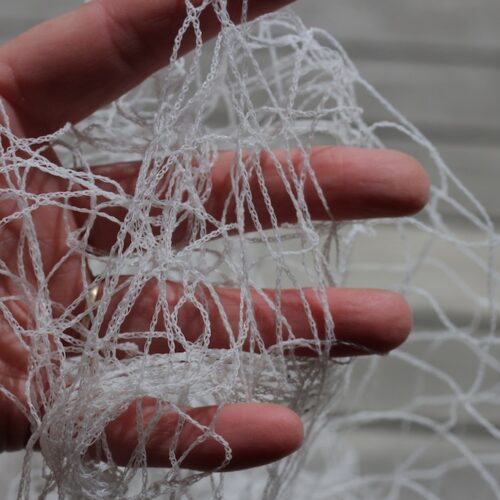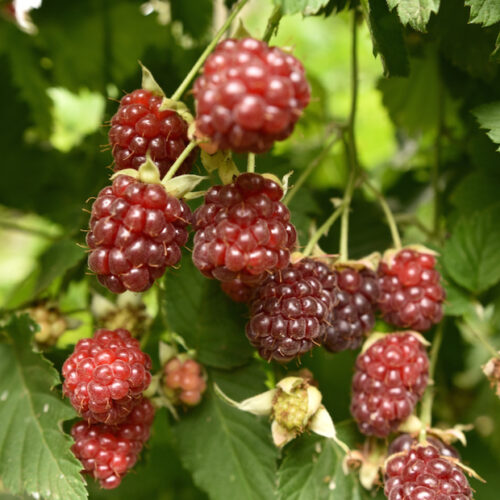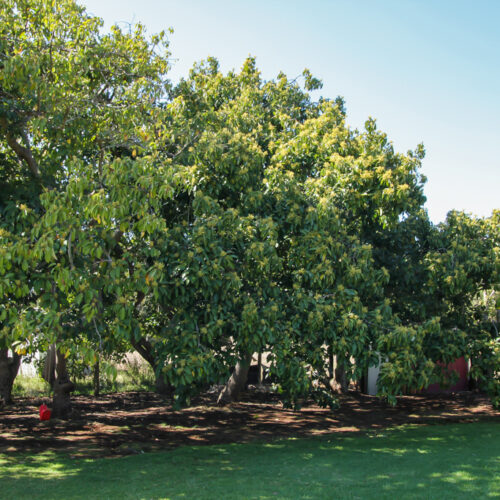Gardening jobs for August
2016-08-10T05:20:42+10:00
JUSTIN RUSSELL heralds the approach of Spring with a flurry of August gardening jobs.
August is the perfect month for a concerted effort in the garden ahead of the busy Spring planting season.
Start by giving your fruit trees a winter tune up. August is a good time to get stuck into deciduous trees, because it’s easy to see the branch structure while the trees are leafless. Start by removing dead and diseased wood. This applies regardless of the tree shape you’re trying to achieve. Then, enhance the shape. Vase pruned trees should be opened up in the centre, and generally thinned back to the main branches. The old orchardists’ rule of thumb is that the centre should be open enough for a pigeon to fly through unimpeded. Always disinfect your pruning gear with straight metho between trees to avoid spreading disease.
To help clean up pests and prevent diseases, give your pruned trees a winter wash. Use copper hydroxide on those whose buds are just about to burst, and lime sulphur or wettable sulphur on those that are still fully dormant. Make sure the branches, trunk and bark fissures are thoroughly coated. Finally, top up any decomposed mulch with fresh material.
If you’re gardening in a cold area, it’s tempting to also prune frost damaged plants now, but my advice is to wait. They might look ugly at the moment, but the damaged bits actually give some protection against late frosts. Hold off until next month.
In south east Queensland and areas across north eastern and norther Australia, we’re heading into our driest, windiest period of the year. The combination of wind, drought and increasing sunlight sucks moisture from the soil very quickly, making late winter a tough period for plants. Those that are breaking dormancy and putting on a surge of new growth are particularly vulnerable to the dry conditions, so it’s worth giving them some extra attention with the hose. Try deep watering a couple of times per week to get moisture into the subsoil. If it’s having trouble soaking in, use a soil wetter such as EcoHydrate. Once the soil is wet, top up mulch to help prevent evaporation.
At the end of winter citrus trees can look worse for wear. To green up yellow leaves and encourage a flush of flowers, feed them now using a combination of pelletised chook fertiliser and seaweed extract. Apply the former at the rate of about a bucket per established tree, and the latter as a foliar feed sprayed on the leaves. Water deeply to wash the fertiliser into the soil and prevent root burn.
To encourage flower and fruit set on a broad range of plants give them a potassium boost. Sulphate of Potash is a commonly available source of potassium that can be applied as a soil dressing or foliar feed. It’s not genuinely organic, however. Natural sources of potash include recycled woodash (which also contains calcium – avoid on acid-loving plants) and comfrey leaves. Make a liquid fertiliser from leaves steeped in a bucket of water for a couple of weeks, or apply simply as a mulch and let nature do its work.

